Home>Ideas and Tips>Arizona’s State Flower: Growing Desert Blooms At Home
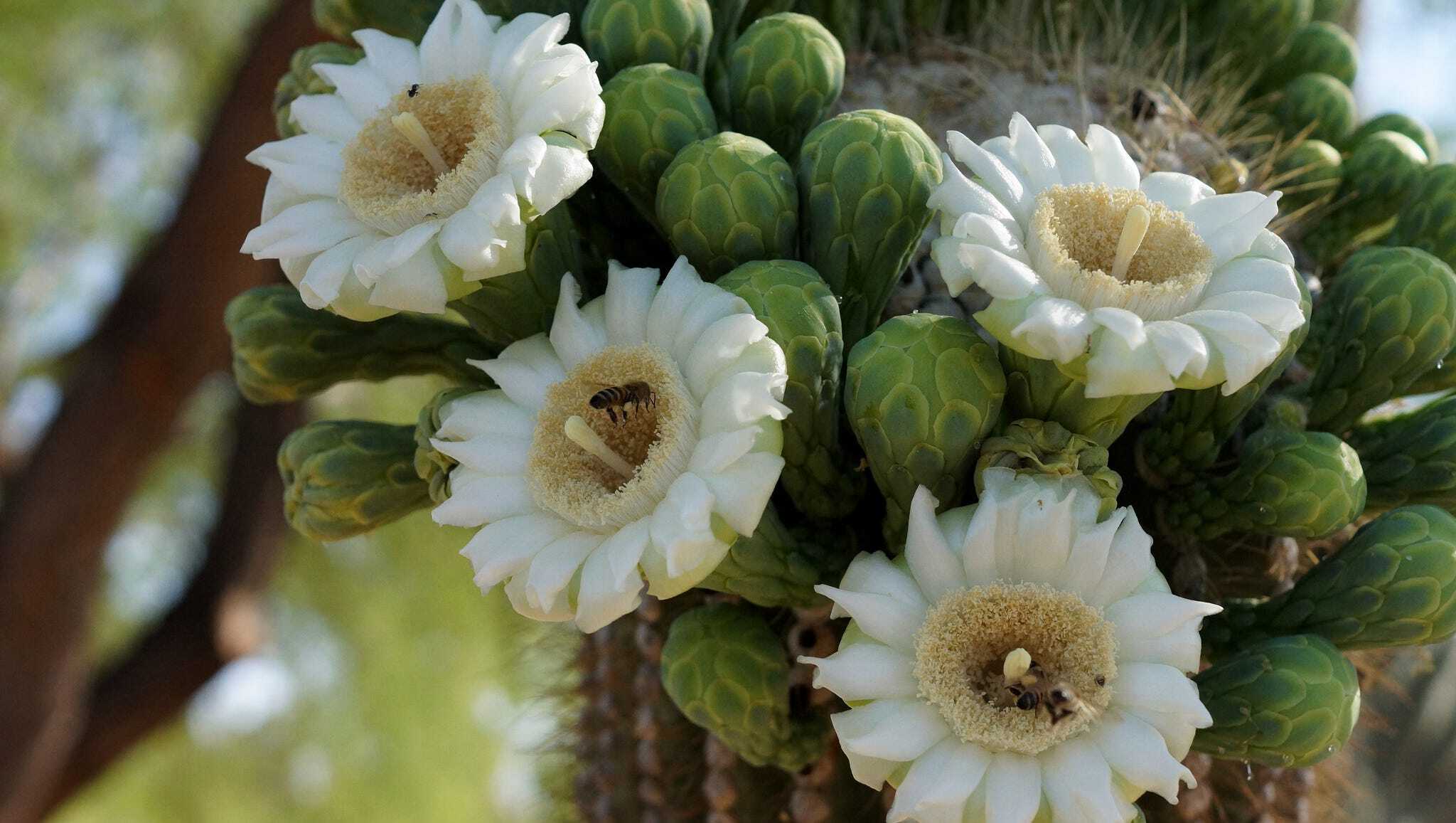

Ideas and Tips
Arizona’s State Flower: Growing Desert Blooms At Home
Published: October 26, 2024
Discover how to grow Arizona's state flower, the saguaro cactus bloom, at home with our expert tips on care, watering, and more.
(Many of the links in this article redirect to a specific reviewed product. Your purchase of these products through affiliate links helps to generate commission for Storables.com, at no extra cost. Learn more)
Arizona is renowned for its vibrant desert landscapes, and among the many iconic symbols of this region is the saguaro cactus flower. This majestic bloom, which serves as Arizona's official state flower, is a testament to the resilience and beauty of desert ecosystems. In this article, we will delve into the fascinating world of saguaro cactus flowers, exploring their unique characteristics, blooming season, and the role they play in desert ecosystems. We will also provide practical tips on how to grow these stunning flowers at home, even in non-desert environments.
The saguaro cactus, scientifically known as Carnegiea gigantea, is a keystone plant in the Sonoran Desert. This slow-growing columnar cactus can reach heights of up to 60 feet and weigh as much as 8 tons when fully hydrated. The plant's epidermis is 'pleated,' allowing for expansion when water is available and contraction during droughts. The thick, waxy skin of the saguaro restricts water loss only through the stomates (gas exchanging pores), making it highly adapted to its arid environment.
The saguaro cactus flower is a waxy, white bloom that typically appears in late spring to early summer, usually in May and June. These flowers are adorned with creamy white petals and golden centers and are found near the top of the stems and arms of the majestic saguaro cactus. Each flower blooms for just a single day, unfurling its petals in the early hours of the morning before wilting by nightfall.
Despite their brief lifespan, saguaro flowers captivate the imagination with their ephemeral beauty and play a crucial role in desert ecosystems. These flowers rely on a diverse cast of desert pollinators to ensure their survival. Bats, in particular, play a significant role in pollinating saguaro blossoms, attracted by the sweet nectar hidden within their petals. Under the cover of darkness, bats dart from flower to flower, transferring pollen from one bloom to the next, thereby facilitating the process of fertilization. Bees and birds also contribute to the pollination of saguaro flowers, ensuring the continuation of this intricate dance of life in the desert.
While saguaro cacti are native to the Sonoran Desert and thrive in arid conditions, it is possible to grow them in non-desert environments with proper care. Here are some practical tips for growing saguaro cactus flowers at home:
1. Choose the Right Environment
Saguaros require full sun to partial shade and well-draining soil. If you live in an area with high rainfall, ensure that your soil drains well to prevent root rot. In cooler climates, provide protection from frost by bringing the plant indoors during winter months or using a frost blanket.
2. Select Healthy Plants
When purchasing a saguaro cactus, look for healthy plants with no signs of pests or diseases. Make sure the plant has a robust root system and is free from any damage.
3. Watering
Water your saguaro sparingly but thoroughly. Overwatering can lead to root rot, while underwatering may cause the plant to become stressed. Water only when the soil feels dry to the touch, usually every 7-10 days during the growing season.
4. Fertilization
Feed your saguaro with a balanced fertilizer during the growing season (spring and summer). Dilute the fertilizer to half the recommended strength to avoid burning the roots.
5. Pruning
Prune your saguaro regularly to maintain its shape and encourage new growth. Remove any dead or damaged segments using clean, sharp tools.
Read more: Southwest Spirit: Desert-Inspired Home Decor
6. Repotting
Repot your saguaro every 2-3 years as it grows. Use a large pot with good drainage holes and a well-draining cactus mix.
7. Pest Control
Regularly inspect your plant for pests like mealybugs, spider mites, or scale. Treat any infestations promptly with insecticidal soap or neem oil.
While growing saguaro cacti can be challenging, there are many other desert plants that thrive in home gardens with proper care. Here are some additional plants you might consider:
1. Desert Marigold (Baileya multiradiata)
This daisy-like flower is a member of the sunflower family and grows along graveled roadsides throughout southern Arizona. It has fine hairs on its leaves that reflect sunlight, contributing to its desert adaptations.
2. Desert Zinnia (Zinnia acerosa)
Another member of the sunflower family, this plant blooms earlier in gardens than in the wild due to supplemental water. It will keep blooming into early fall with whitish petals folding downwards to draw attention to deep yellow central disc flowers.
Read more: What States Are Pepper Spray Illegal
3. Desert Globemallow (Sphaeralcea ambigua)
This hardy, drought-tolerant perennial comes in various colors including orange, red, pink, lavender, and white. It attracts native bees and is a beautiful addition to any desert garden.
In addition to their stunning flowers, saguaros produce ruby-red fruits that are eaten by birds and bats. The fruits are also harvested by dedicated people who gently knock them off the cactus using a special pole made from saguaro ribs. This tradition has been practiced for thousands of years by Indigenous peoples of the Sonoran Desert and continues to this day.
Growing saguaro cactus flowers at home requires careful attention to their specific needs but can be incredibly rewarding. By understanding their unique characteristics and providing them with the right environment, you can enjoy these magnificent blooms even in non-desert regions. Whether you're an experienced gardener or just starting out, incorporating these desert plants into your garden will not only add beauty but also contribute to the preservation of these iconic desert species.
As you immerse yourself in the wonder of saguaro blossoms, remember that each flower blooms for just a single day, making every sighting a special moment in time. By embracing the magic of these desert blooms, we gain a deeper appreciation for the intricate web of life that thrives in this harsh yet captivating landscape.
References:
- Arizona Native Plant Society. (n.d.). Arizona State Flower – The Arizona Native Plant Society.
- Arizona State Parks. (n.d.). Saguaro Cactus Flower – Arizona State Parks.
- Discover Marana. (n.d.). Arizona's State Flower: The Incredible Saguaro Cactus Flower.
- Destinations Detours Dreams. (2023, March 26). Spring Blooms Around Phoenix, Arizona.
- Tohono Chul. (n.d.). In Bloom – Tohono Chul – Tucson, AZ.
Was this page helpful?
At Storables.com, we guarantee accurate and reliable information. Our content, validated by Expert Board Contributors, is crafted following stringent Editorial Policies. We're committed to providing you with well-researched, expert-backed insights for all your informational needs.
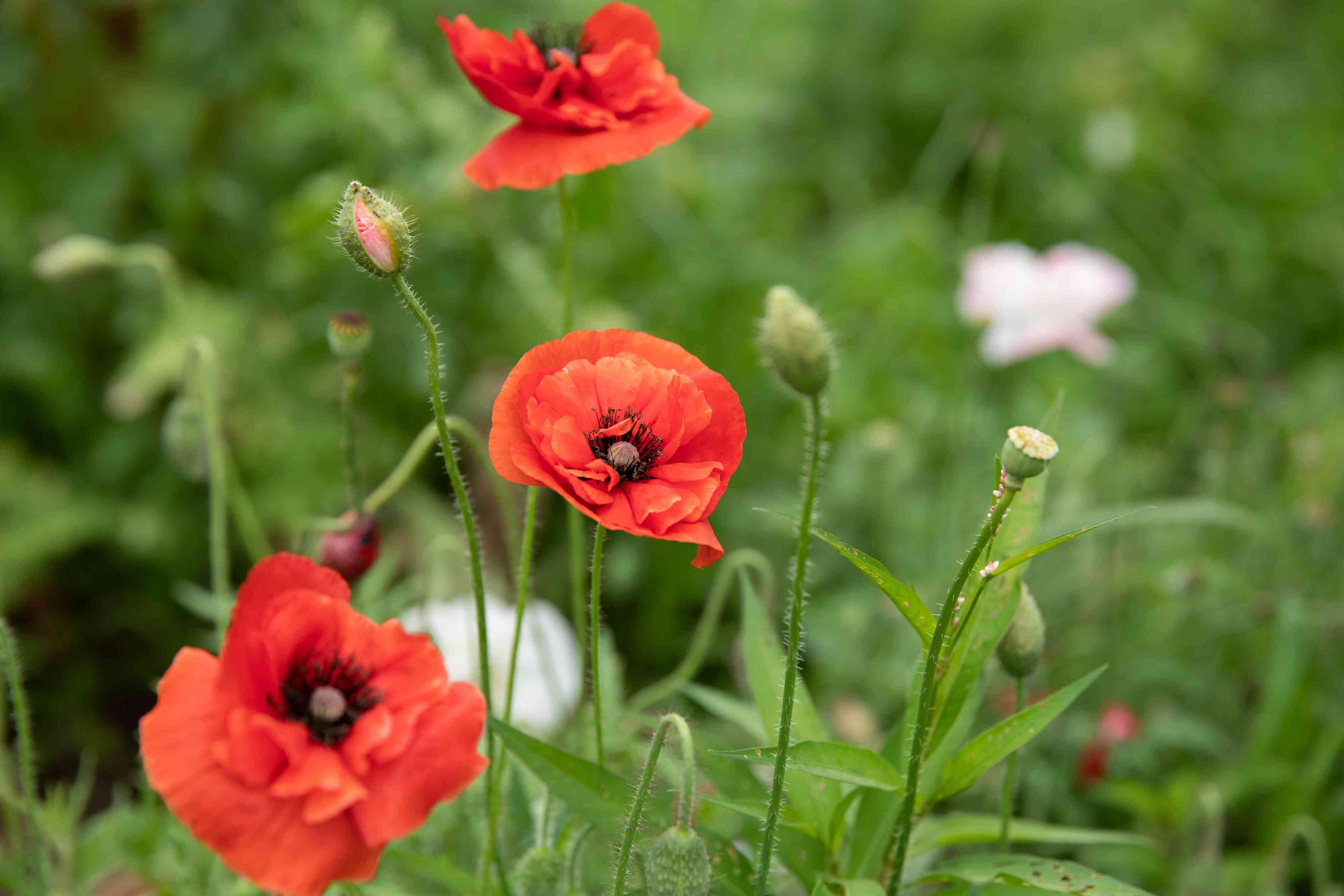
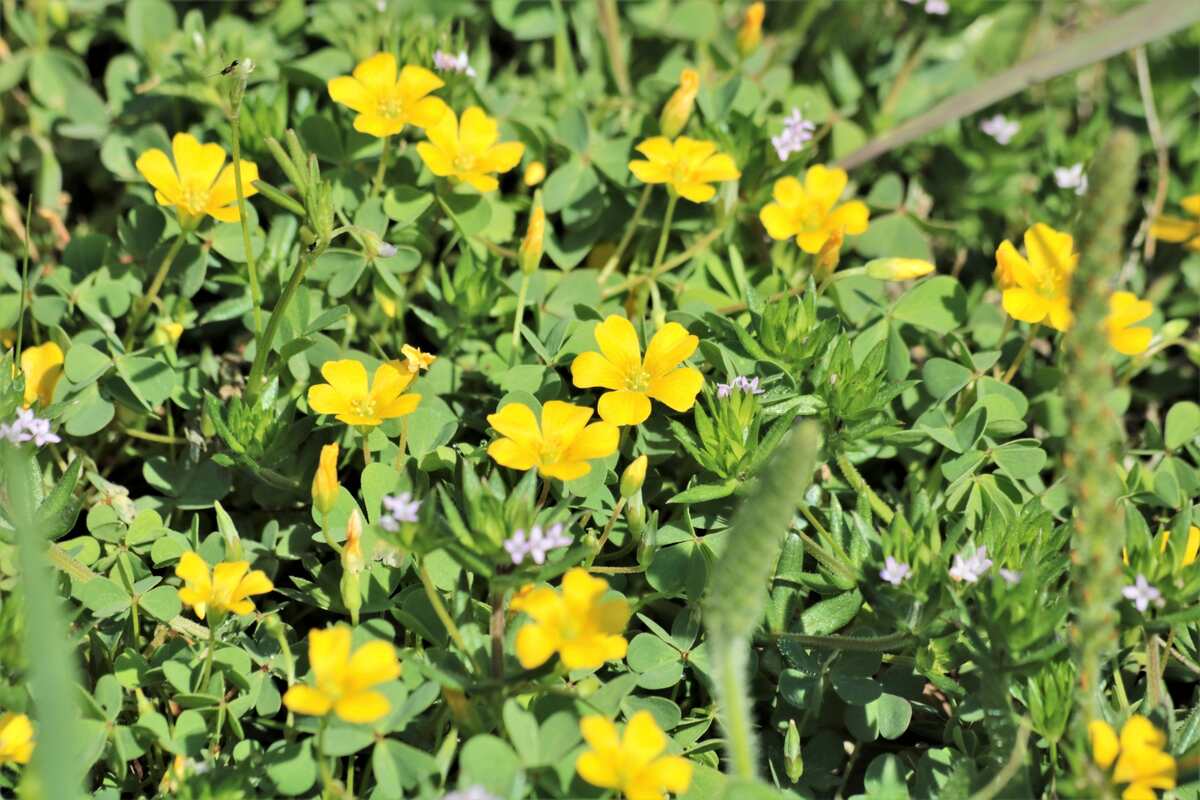


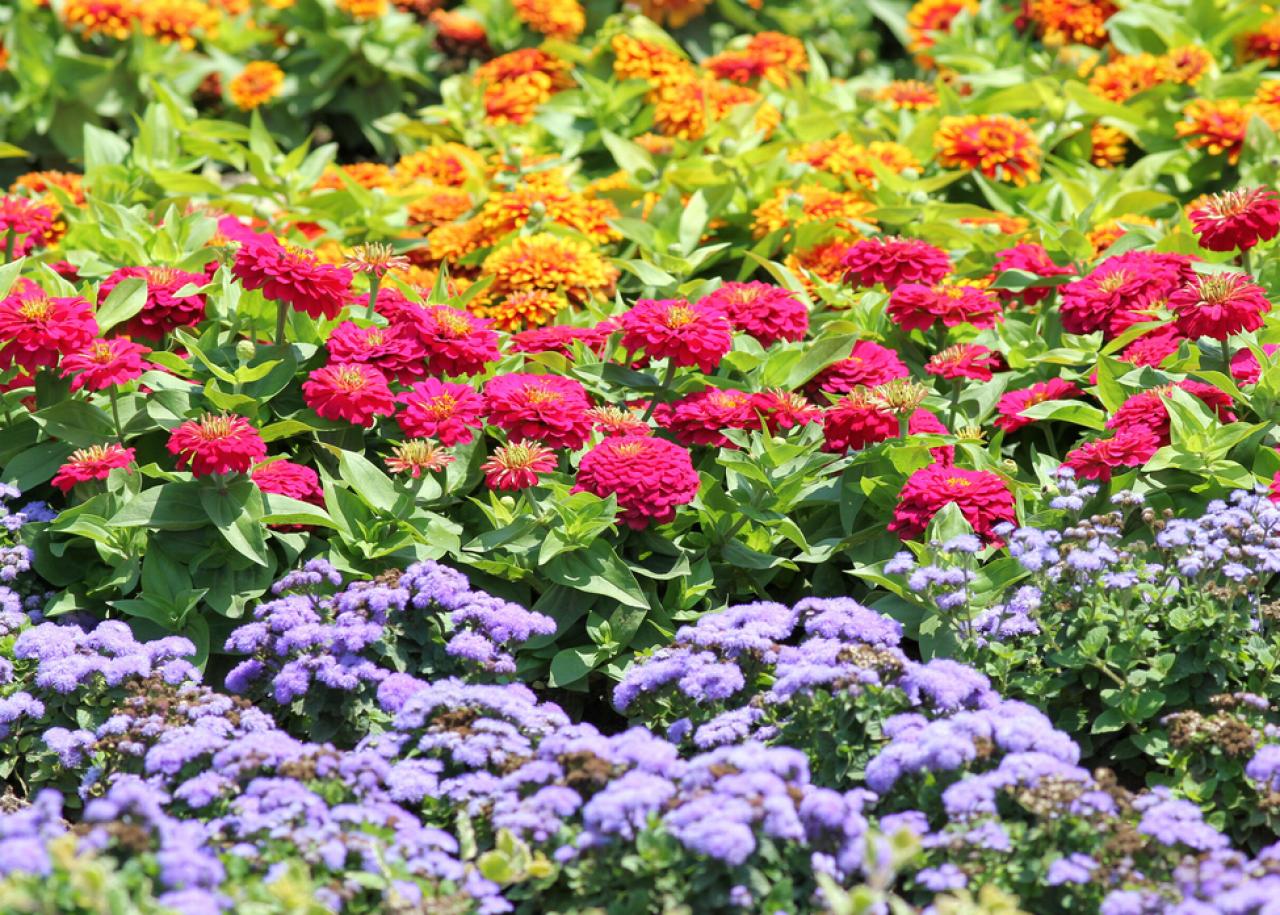
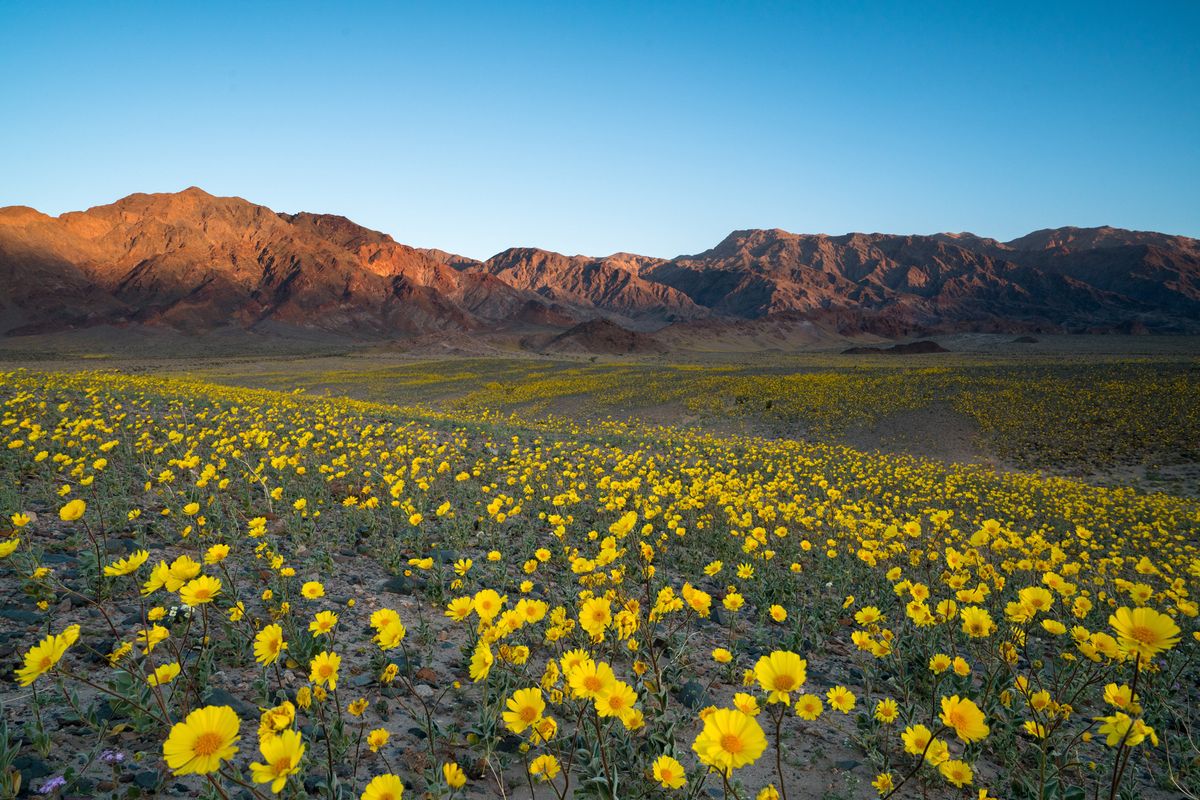
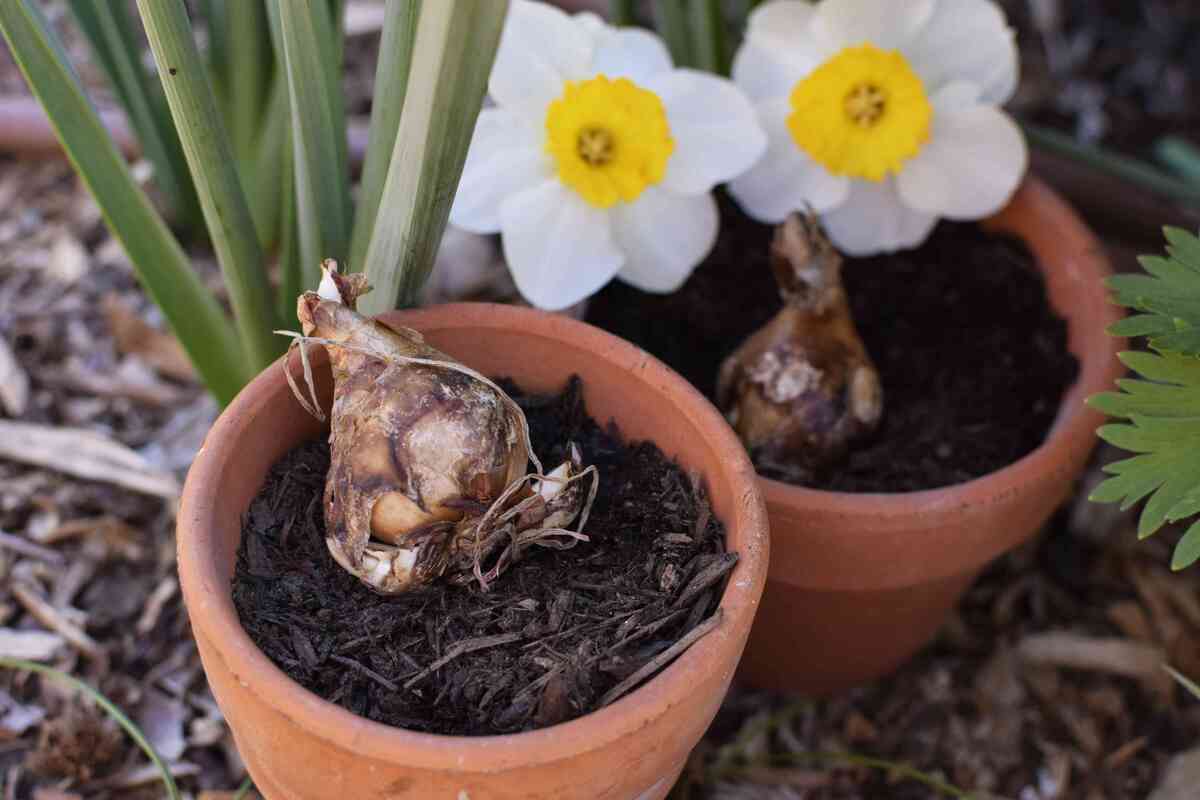







0 thoughts on “Arizona’s State Flower: Growing Desert Blooms At Home”